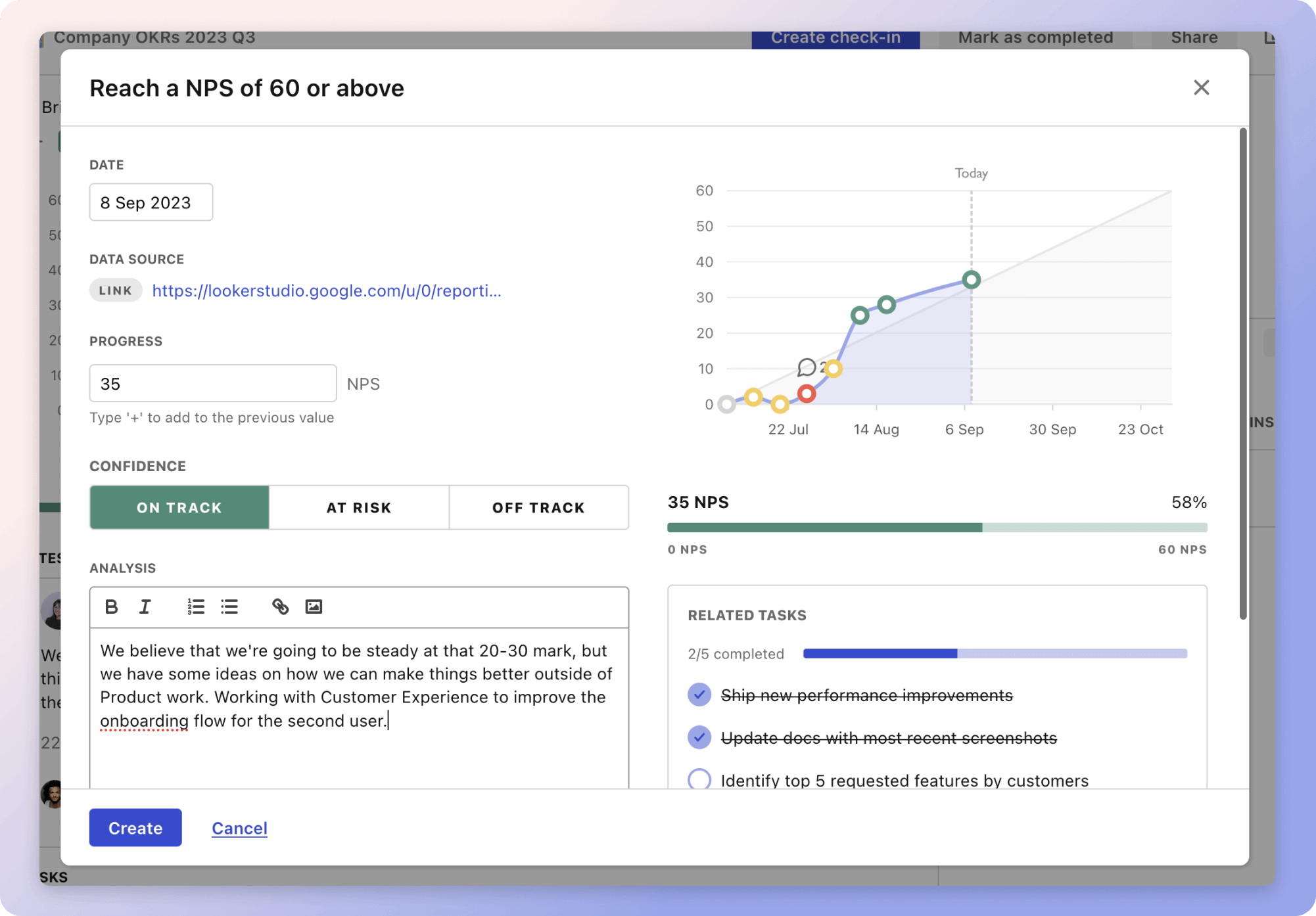The strategy focuses on predicting sales for 15 August 2025 by analyzing historical sales data, consumer behavior, and employing forecasting models. To begin with, it proposes scrutinizing historical sales data to understand patterns in revenue growth, transaction increases, and sales spikes associated with specific days or public holidays. For instance, identifying a spike in sales every Friday could indicate a pattern linked to consumer behavior as the weekend approaches.
Next, the strategy involves conducting a detailed consumer behavior analysis. By surveying consumers about purchase triggers, studying seasonal buying patterns, and analyzing demographic data, businesses can predict engagement and tailor strategies to specific segments. For example, if younger demographics are inclined towards technology purchases during the back-to-school season, campaigns can be optimized accordingly.
Finally, implementing a forecasting model allows for more accurate sales predictions. By selecting an appropriate statistical model, adjusting parameters, and conducting simulations, businesses can validate their forecasts and align them with historical data. This approach not only enhances precision but also accounts for economic factors potentially impacting consumer spending.
The strategies
⛳️ Strategy 1: Analyse historical sales data
- Calculate average revenue growth rate based on provided data
- Determine average transaction increase rate over the years
- Identify any patterns related to the day of the week for sales spikes
- Check for specific trends or anomalies in sales on public holidays
- Compare transaction rates to see if there is a correlation with revenue
- Analyse daily growth factors and external influences on historical dates
- Study pacing of campaigns to understand their effectiveness on sales
- Collect market insights from similar days to predict consumer behaviour
- Evaluate overall year-on-year growth in sales
- Compare predictions against industry benchmarks for accuracy
⛳️ Strategy 2: Conduct consumer behaviour analysis
- Survey a sample group of consumers about their purchase triggers
- Analyse demographic data to predict potential user engagement
- Assess consumer sentiment during targeted periods
- Study seasonal buying patterns to predict momentum
- Evaluate past feedback and reviews for influencing factors
- Segment user data to identify high-spending categories
- Monitor current trends in product demand prior to 15 August
- Use analytics tools to evaluate web traffic sources and patterns
- Determine effectiveness of past campaigns through consumer feedback
- Assess repeat consumer rates and their predicted impact on sales
⛳️ Strategy 3: Implement a forecasting model
- Select an appropriate statistical model for sales forecasting
- Input historical sales data into the forecasting model
- Adjust parameters to reflect recent market conditions
- Conduct simulations based on various campaign scenarios
- Validate forecast results with alternative prediction models
- Calibrate model using additional market insights and relevant data
- Integrate external economic factors affecting consumer spending
- Run multiple forecast iterations to evaluate consistency
- Evaluate forecast outputs against historical data for alignment
- Prepare a report with predicted sales outcomes and risk analysis
Bringing accountability to your strategy
It's one thing to have a plan, it's another to stick to it. We hope that the examples above will help you get started with your own strategy, but we also know that it's easy to get lost in the day-to-day effort.
That's why we built Tability: to help you track your progress, keep your team aligned, and make sure you're always moving in the right direction.

Give it a try and see how it can help you bring accountability to your strategy.
